Kyiv keeps its Kursk bargaining chip
| Published: 02-09-2025 8:39 AM |
Days after Ukrainian troops seized part of Russia’s Kursk region in a surprise attack, President Vladimir Putin told defense officials their “main objective” was to repel the invasion. Six months later, they’re still trying.
Putin’s failure to expel Ukraine’s army from Russian territory may gain added significance as U.S. President Donald Trump pushes for a deal to end the war. While Russian troops continue to advance gradually on the battlefield in eastern Ukraine, Kyiv retains a bargaining chip in Kursk for a potential exchange of territory at any talks.
The first occupation of Russian soil by a foreign military since World War II is a personal setback for Putin, whose domestic image is based on being a strong ruler defending the nation’s interest. The Kremlin has sought to play down the crisis since Ukrainian forces crossed the border on Aug. 6 and advanced rapidly to seize as much as 483 square miles of territory including the town of Sudzha and dozens of villages.
Russian forces have so far reclaimed only about half of the territory, even with help from thousands of North Korean soldiers sent to the region. Western estimates suggest about 11,000 North Korean troops were transferred to Kursk and have incurred as many as 4,000 casualties.
“In general, the effectiveness of military operations is lower than expected,” said Mikhail Vinogradov, head of the St. Petersburg Politics Foundation. “The system wasn’t particularly prepared — neither for the loss of territory, nor for the fact that everything would drag on.”
Russian forces repelled attacks by Ukrainian assault groups near two border villages in the Kursk region on Thursday, the Defense Ministry in Moscow said on its Telegram channel. Ukraine hasn’t commented.
The fighting in Kursk covers only a tiny area of the region, which is itself a small part of the world’s largest country that spans 11 time zones. Still, the Ukrainian incursion into a region of about 1 million people that’s roughly the size of Belgium was a shock for Russians, bringing closer to home the consequences of a war that Putin started.
It’s a “very important operation, and you will see when we reach a diplomatic resolution of the war,” Ukrainian President Volodymyr Zelenskyyy told reporters Wednesday in Kyiv. The situation in Kursk is “stable” and Russia “won’t be able to push us out of this territory in the nearest future,” Zelenskyy said.
Article continues after...
Yesterday's Most Read Articles
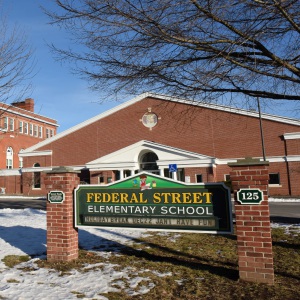 Federal Street School substitute teacher alleged to have called student racial slur
Federal Street School substitute teacher alleged to have called student racial slur
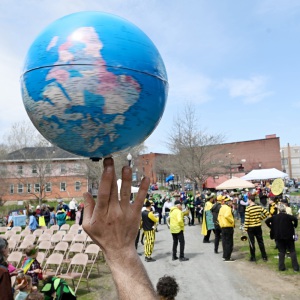 PHOTOS: Greenfield celebrates Earth Day with parade, festivities
PHOTOS: Greenfield celebrates Earth Day with parade, festivities
 Local protests against Trump administration continue as part of 50501 movement
Local protests against Trump administration continue as part of 50501 movement
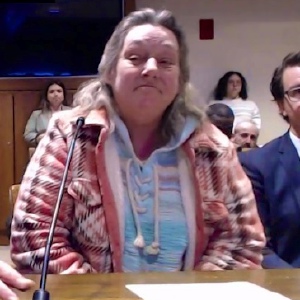 Mother whose daughter died in Holyoke marijuana facility backs bill for worker safety
Mother whose daughter died in Holyoke marijuana facility backs bill for worker safety
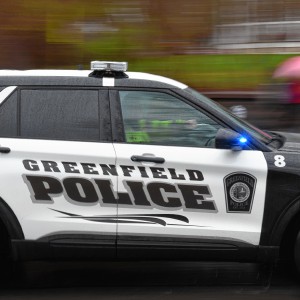 Greenfield Police Logs: March 25 to April 6, 2025
Greenfield Police Logs: March 25 to April 6, 2025
 HS Roundup: Mohawk Trail softball earns first win of the season following 16-4 victory over Mahar
HS Roundup: Mohawk Trail softball earns first win of the season following 16-4 victory over Mahar
With Russian officials estimating that about 150,000 people in the Kursk region were displaced by the fighting, discontent with the state’s failure to protect residents is bubbling up. Hundreds of people joined rallies in the regional capital, Kursk, in January to complain that officials were doing too little to house displaced people or help them find missing relatives.
“There’s a war going on in our country and the state turned out to be completely unprepared for this, starting from fortifications and ending with housing certificates,” said Vladimir Sinelnikov, a Kursk activist and volunteer who searches for missing people in areas occupied by Ukraine. “There has never been such a massive resettlement in the Kursk region, including during the Great Patriotic War,” he said in a Jan. 24 interview, using the Russian name for WWII.
The Kremlin is treating Kursk as “a regional problem, not a national one,” said Nikolay Petrov, a consulting fellow at the London-based Chatham House think tank. “This means there is no hurry.”
Zelenskyy said soon after the operation began that the goal was to create a buffer zone to protect border communities from Russian attacks. His military chiefs also sought to relieve pressure on the frontlines in Ukraine by compelling Moscow to redeploy troops to defend Kursk.
Though the Kursk operation hasn’t halted Russia’s advance in eastern Ukraine, the Kremlin has dispatched thousands of troops to try to regain control of the region.
Still, at his annual news conference and call-in show in December, Putin was non-committal when a Kursk resident asked how long it would take for Russia to force out Ukrainian troops. “I cannot and do not want to provide a specific date,” he replied.
That may weigh on Putin as Trump presses him to “make a deal” to negotiate an end to the war and threatens “big” new sanctions if he refuses.
While the Russian leader can argue that Russia’s offensive is still gaining ground in Ukraine, Zelenskyy will be able to point to the foothold in Kursk as evidence Kyiv has something to trade for a return of some occupied land. Russia currently controls about a fifth of Ukrainian territory, including Crimea which Putin annexed in 2014.
The Kremlin has signaled its strategy is to continue its offensive to try to pressure Ukraine and the US to agree to Moscow’s terms, and officials argue Russia can sustain the war for another two to three years.
Putin “has to prioritize as his forces are depleted,” and he appears focused more on gains in Ukraine than on reclaiming territory in Kursk region, said Bota Iliyas, a senior analyst at Prism, a strategic intelligence firm in London.
Following residents’ protests over a lack of aid, Putin dismissed the governor of Kursk region in December and replaced him with a lawmaker from Russia’s State Duma, Alexander Khinshtein, telling him that “crisis management is in demand there now.”
Local officials say about 2,000 civilians are missing, though some residents put the total at more than 3,000. Lyubov Prilutskaya, a real estate agent in Kursk city, said she called her parents living near Sudzha on the day the incursion started to tell them to flee.
“Since then I haven’t heard a word from them,” she said.

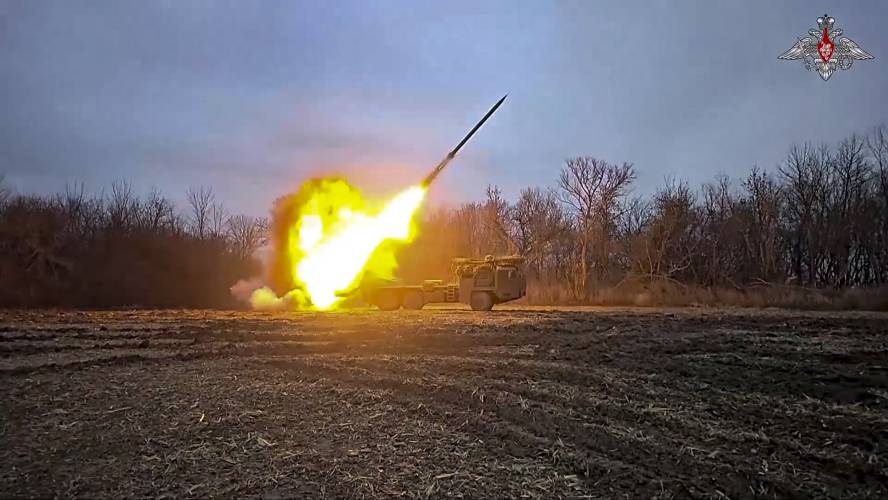
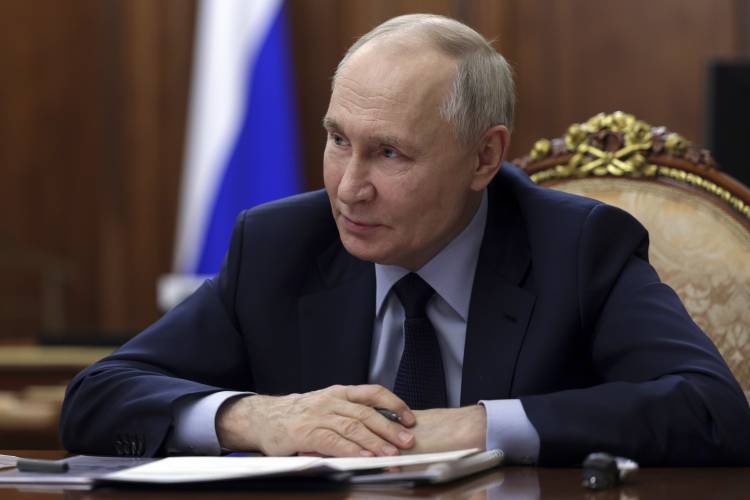





 Annual ArtsNight showcases GCC students’ creative talent
Annual ArtsNight showcases GCC students’ creative talent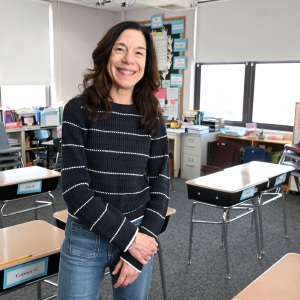 ‘I can’t picture another job’: Northfield Elementary teacher earns Excellence in Teaching Award
‘I can’t picture another job’: Northfield Elementary teacher earns Excellence in Teaching Award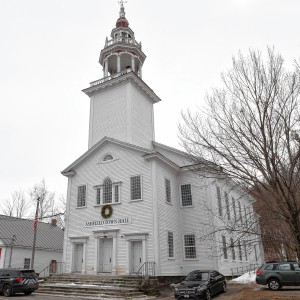 Ashfield voters to consider debt exclusion for retaining wall fixes, series of advisory questions
Ashfield voters to consider debt exclusion for retaining wall fixes, series of advisory questions
